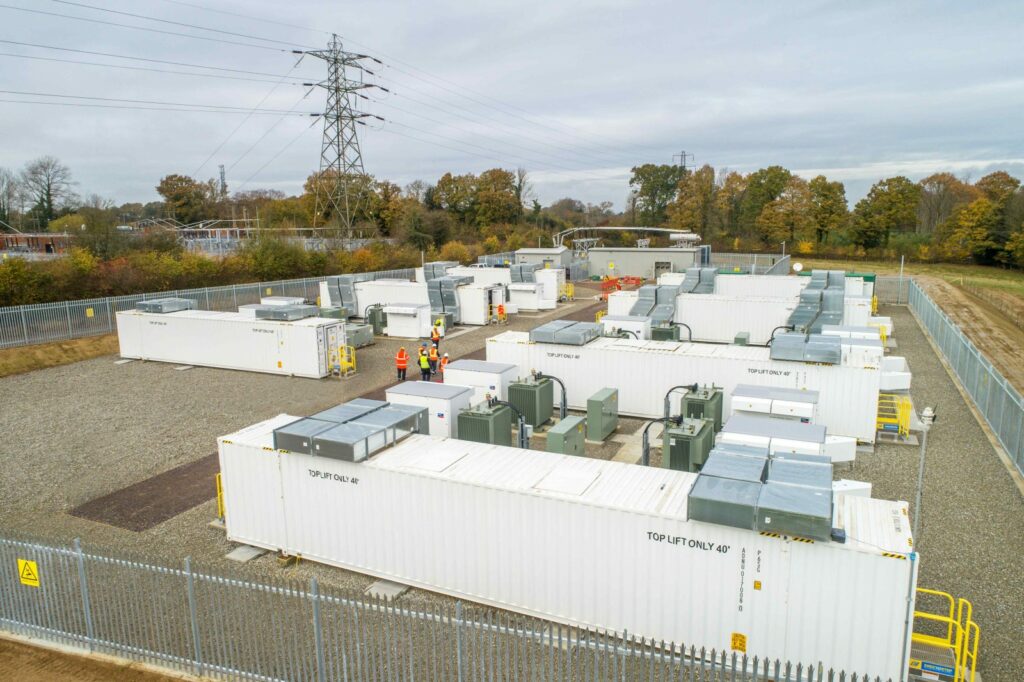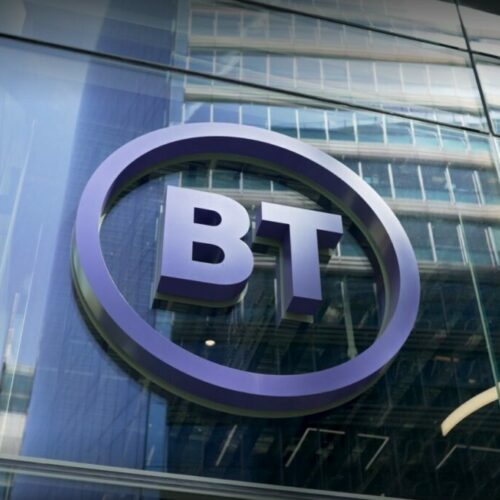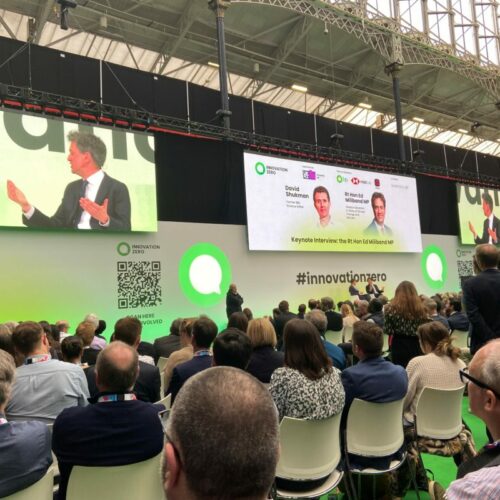Low Carbon has gained provisional approval for a large scale battery energy storage project in Northern Ireland, with planning documents suggesting that three more could be on the horizon in the emerging market.
Approval was granted late last week by Armagh City Banbridge & Craigavon Borough Council for a system to be built immediately adjacent to a substation at Portadown Road in Tandragee. The size of the project has not been specified, however it is stated that it will use 25 shipping container units.
The decision could be challenged during a period of judicial review however it is just one of four ‘high viability’ locations identified by Low Carbon that offer a strategic point on the national electricity infrastructure for energy storage.
At least one other application was submitted in May for a similarly sized project at Drumkee Road, Dungannon next to the Tamnamore substation.
Both projects have been submitted in the context of the needs of both Northern Ireland and the Republic to reduce greenhouse gas emissions through the adoption of more intermittent renewable energy into the island’s energy system.
With the Integrated Single Electricity Market (I-SEM) – Ireland’s new wholesale electricity market arrangement – due to launch on Monday, attention is readily looking towards the emerging market for grid services under the DS3 programme.
It was confirmed earlier this month that up to 140MW of capacity will be procured under the first tender when it takes place in February next year, with projects to go live by September 2021.
While transmission system operator Eirgrid has not stipulated that only battery projects can apply to deliver DS3, only projects meeting the programme’s requirements, such as a minimum response speed of 150-300 milliseconds, will be accepted – essentially paving the way for either battery or hydrid storage systems.
Storage projects have yet to emerge in both Northern and the Republic of Ireland except for a few outliers, such as Fluence’s 10MW Kilroot system in Northern Ireland which came online in January 2015.
However, this project had secured funding from Innovate UK in partnership with Queen’s University Belfast to demonstrate the full capabilities of energy storage, with projects from the likes of Low Carbon and others seeking to build a business case on purely a commercial basis.
Low Carbon will be looking to build on its experiences developing projects in the rest of the UK via its VLC joint venture; the 50MW Glassenbury and Cleator portfolio of which both projects won Enhanced Frequency Response contracts from National Grid.





